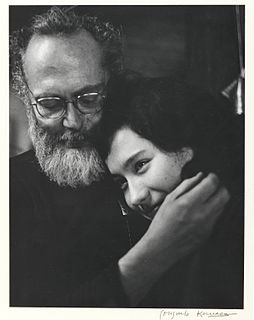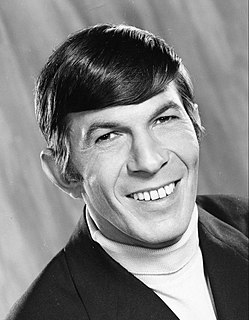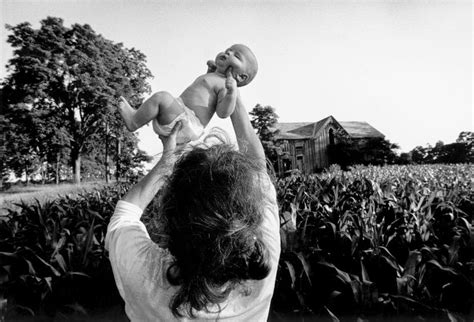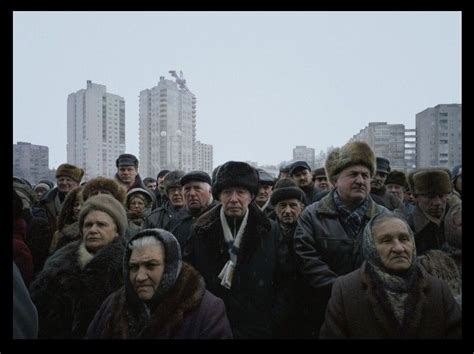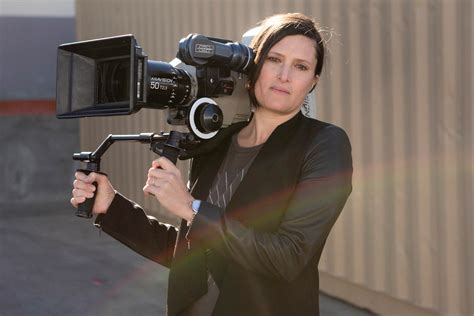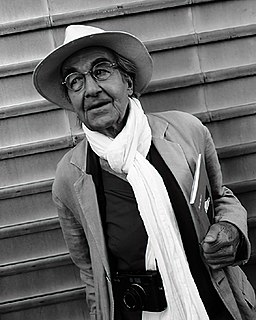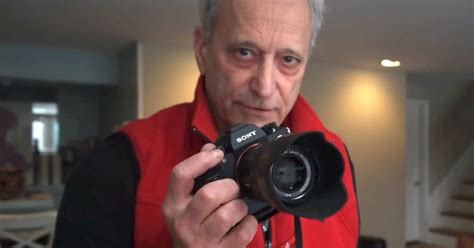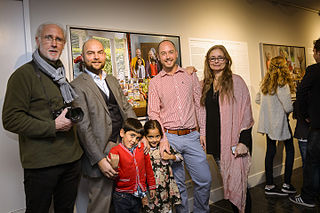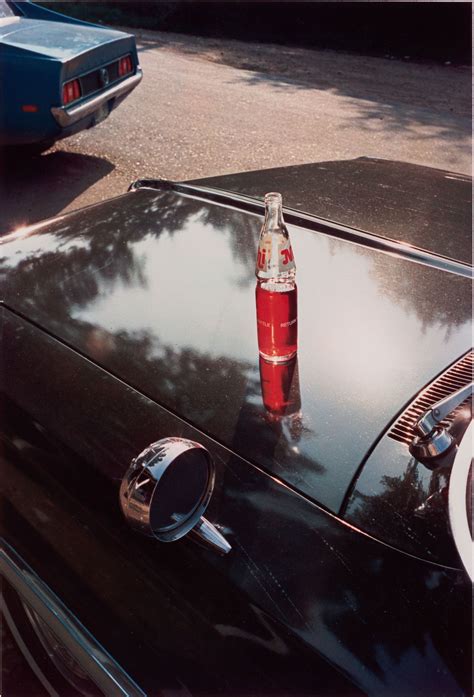Top 29 Photojournalism Quotes & Sayings
Explore popular Photojournalism quotes.
Last updated on November 8, 2024.
If you are walking down the street, camera in your hand, loaded and ready to shoot. You see a person falling from a high building, either having fallen or jumped. That person is falling through space. You don't shoot that photograph unless the theme you are working on has to do with the effects of space on the human figure. If you simply photograph that event because it is an event that is happening, you're doing photojournalism.
I did it [photojournalism] as something that was really rewarding to do, given the opportunity to express myself about something I cared about, and also to learn a lot by watching filmmakers I admired. In a sense, it was my film school. After doing it for a few years, I decided that the time had come to get it together and do some work of my own. So I stopped doing that and wrote some screenplays on speculation, because even though I wanted to direct, to direct you need a lot of money.
When I was studying photography, I became interested in conflict photojournalism, and that got me interested in lighting. Then I realized there was this amazing thing called cinematography where you could kind of tell more complete stories photographing for film. So I ended up going to AFI grad school for that.
Photojournalism has become a hybrid enterprise of amateurs and professionals, along with surveillance cameras, Google Street Views, and other sources. What is underrepresented are those "metaphotographers" who can make sense of the billions of images being made and can provide context and authenticate them. We need curators to filter this overabundance more than we need new legions of photographers.
I always believed that photography was subjective, interpretive and certainly did not represent the truth, but I did think that its status as a societal and historical referent needed to be both safeguarded and illuminated....now photojournalism is devolving into yet another medium perceived as intending to shock, titillate, sell, distort.
Photojournalism is photography with more story telling. A single image can be amazing and dramatic. I started out shooting individual images, but I found I wanted to have more of a voice: to actually say something. I wanted to do something more personal over a long period of time, with more authorship.
I have a completely worthless degree: a BS in Photojournalism from Boston University (BU). With this degree, I suppose I could have gotten a job teaching grade school kids how to photograph their relatives, but knowing about B&W photo processing and developing and how to shoot a picture story is good basic info that every photographer should have.
I did photography in summer camp; I did it in high school. The only hard decision I've had to make was whether to go towards photo or film. And I ultimately realized that the type of photo I was interested in was actually photojournalism. And it's a very individualist career, whereas film is a very team-driven medium. So that's why I chose film.
What is photojournalism? Occasionally, a very unique photo, in which form is precise and rich enough and content has enough resonance, is sufficient in itself. But that's rarely the case. The elements of a subject that speak to us are often scattered and can't be captured in one photo; we don't have the right to force them together, and to stage them would be cheating...which brings us to the need for photojournalism.
After I discovered my degree in photojournalism would only get me a job in a camera store, I taught myself lighting. I read tons of magazines and books and studied the photos trying to figure out how they were done. I bought some flash equipment and played around until I figured out how to make a subject look as I envisioned it should look.
One of the leading uses of photography by the mass media came to be called photojournalism. From the late 'twenties' to the early 'fifties' what might have been the golden age of this speciality - photographers worked largely as the possessors of special and arcane skills, like the ancient priests who practiced and monopolized the skills of pictography or carving or manuscript illumination. In those halcyon days the photographer enjoyed a privileged status.
